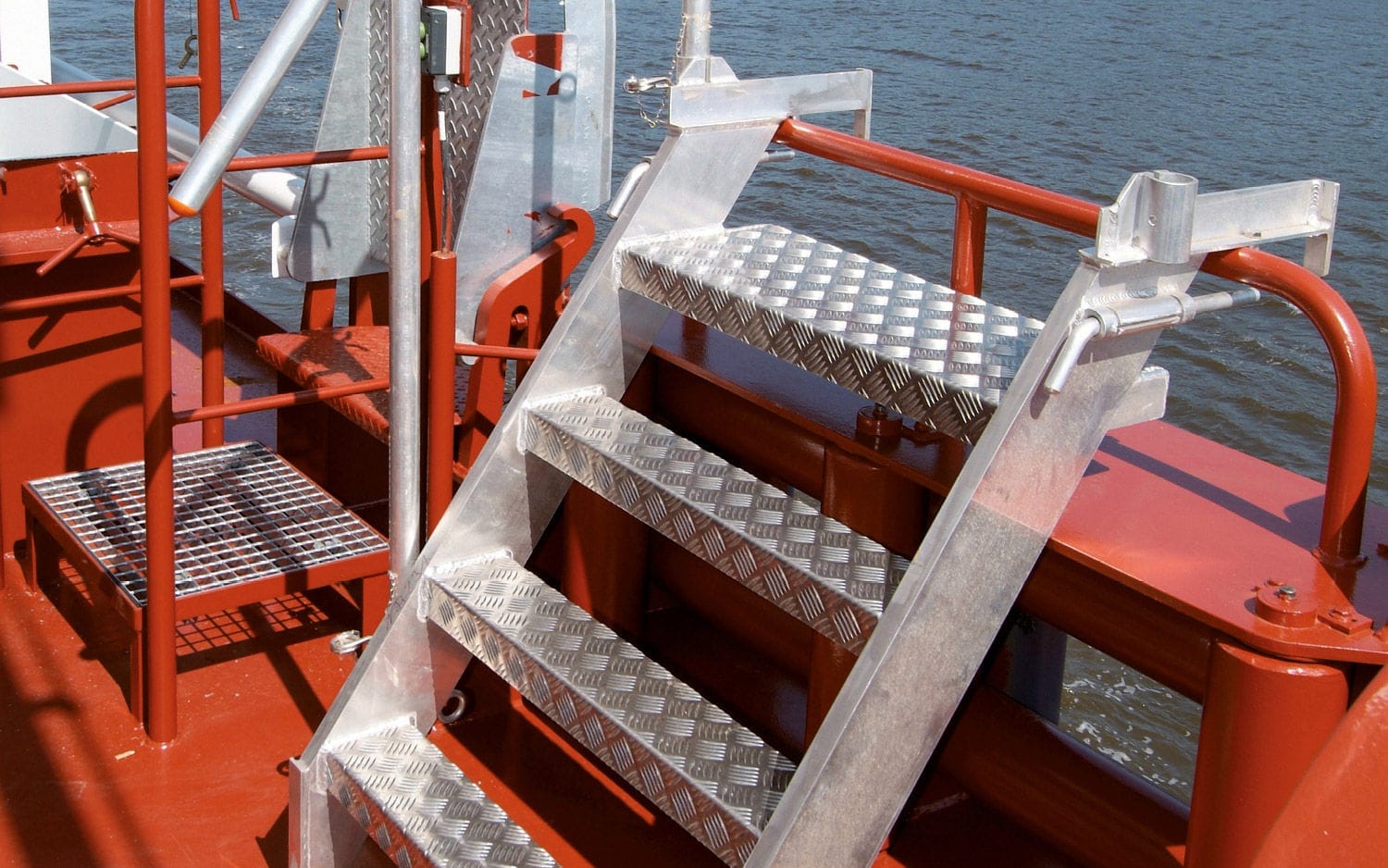

Articles
What Is A Ship Ladder
Modified: December 7, 2023
Discover everything you need to know about ship ladders and their importance in this informative article. Explore various designs, uses, and safety guidelines.
(Many of the links in this article redirect to a specific reviewed product. Your purchase of these products through affiliate links helps to generate commission for Storables.com, at no extra cost. Learn more)
Introduction
When it comes to accessing different parts of a ship or boat, having the right ladder is crucial. One type of ladder that is commonly used in marine settings is the ship ladder. Ship ladders are specifically designed for safe and efficient access on ships, ensuring that crew members, passengers, and visitors can move between different levels with ease.
In this article, we will delve into the world of ship ladders, exploring their definition, characteristics, uses, advantages, and safety considerations. Whether you are a marine professional, ship owner, or simply interested in maritime terminology, this article will provide you with a comprehensive understanding of ship ladders and their importance in marine environments.
So, what exactly is a ship ladder? Let’s find out!
Key Takeaways:
- Ship ladders are specialized for marine environments, featuring a steep incline, narrow steps, and dual handrails for safe and efficient vertical movement on ships and boats.
- Adhering to safety protocols, conducting regular inspections, and addressing maintenance needs promptly ensures the continued safety and functionality of ship ladders in maritime environments.
Read more: How To Build A Ships Ladder
Definition of a Ship Ladder
A ship ladder, also known as a companion ladder or a marine ladder, is a specific type of ladder designed for use on ships, boats, or other marine vessels. It is characterized by its steep slope, narrow width, and unique design that allows for vertical movement in a limited space.
Unlike traditional ladders, ship ladders have a distinct set of features that make them suitable for marine environments. Firstly, ship ladders often have a steeper incline than regular ladders, typically ranging from 50 to 70 degrees. This steep slope allows for efficient vertical movement between the different levels of a ship while minimizing the space needed.
Secondly, ship ladders are typically designed with narrow steps or rungs to accommodate the limited space available on ships. These narrow steps, often made of non-slip materials, provide stability and safety for individuals using the ladder.
Another defining feature of ship ladders is their handrails. Ship ladders are required to have handrails on both sides for added stability and support. These handrails provide a secure grip for users, ensuring their safety while navigating the ladder.
Ship ladders may also have a platform at the top, known as a top landing, which serves as a resting point or a transition area to access different areas of the ship. This platform allows individuals to step off or onto the ladder easily, improving safety and usability.
In summary, a ship ladder is a specialized ladder designed for vertical movement on ships and boats. Its steep slope, narrow steps, and handrails make it efficient, safe, and practical for navigating different levels within a marine environment.
Characteristics of Ship Ladders
Ship ladders possess distinct characteristics that set them apart from regular ladders. These features make them well-suited for use in marine environments where space is limited, and safety is paramount. Let’s explore some of the key characteristics of ship ladders:
- Steep Incline: Ship ladders are known for their steep incline, typically ranging from 50 to 70 degrees. This design allows for efficient vertical movement while minimizing the amount of horizontal space required. The steep slope helps save space on ships where every inch matters.
- Narrow Width: Unlike wider traditional ladders, ship ladders have a narrow width to accommodate limited space on ships. The narrow steps or rungs of ship ladders ensure that they can fit in tight areas while allowing users to traverse between different levels.
- Non-Slip Steps: Safety is a top priority on ships, and ship ladders are designed with non-slip steps or rungs. These steps are often equipped with specialized grip surfaces or tread patterns to provide traction, even in wet or slippery conditions, reducing the risk of accidents and falls.
- Dual Handrails: Ship ladders are required to have handrails on both sides to enhance safety and stability. These handrails provide a firm grip and support for individuals ascending or descending the ladder, ensuring a secure and comfortable experience.
- Top Landing: Many ship ladders feature a top landing platform, serving as a resting point or transition area to reach different areas of the ship. The top landing provides a safe and stable surface for individuals to step off or onto the ladder, reducing the risk of slips and falls.
- Durability: Ship ladders are built to withstand the demanding conditions of marine environments, including exposure to saltwater, extreme temperatures, and constant vibrations. They are typically constructed using corrosion-resistant materials, such as aluminum or stainless steel, ensuring longevity and reliability.
These characteristics make ship ladders unique and essential for safe and efficient vertical movement on ships and boats. Their design ensures optimal use of space while prioritizing the safety and well-being of individuals onboard.
Uses and Applications of Ship Ladders
Ship ladders serve a vital role in maritime settings and are utilized for a wide range of applications. Let’s explore some of the common uses and applications of ship ladders:
- Accessing different levels: One of the primary uses of ship ladders is to provide safe access between different levels of a ship. Whether it’s moving from the main deck to the bridge, accessing the engine room, or boarding from a lower deck onto a higher deck, ship ladders provide a reliable means of vertical movement.
- Embarking and disembarking: Ship ladders are essential for passengers and visitors boarding or disembarking from ships. They allow for controlled and safe entry and exit, whether it’s for passengers boarding cruise ships, crew members joining a vessel, or dockworkers accessing cargo ships.
- Emergency exits: Ship ladders are often designated as emergency exits on vessels. In case of emergencies such as fire or other hazards, ship ladders provide a quick and accessible escape route for crew members and passengers, ensuring their safety during critical situations.
- Maintenance and inspections: Ship ladders facilitate regular maintenance and inspection activities. Technicians and crew members can use ship ladders to reach overhead equipment, inspect safety features, and perform essential maintenance tasks, ensuring the ship’s upkeep and compliance with regulations.
- Marine construction and repair: Ship ladders play a crucial role during ship construction and repair projects. They provide access for workers to perform welding, painting, carpentry, and other tasks required to build or maintain vessels. Ship ladders offer a safe and efficient way to reach different areas of the ship, both inside and outside.
- Offshore platforms and oil rigs: Ship ladders are also utilized in offshore settings, such as oil rigs and platforms. They provide access to different levels of the installation, allowing crew members to move between living quarters, work areas, and equipment platforms safely and efficiently.
These are just a few examples of the diverse applications of ship ladders. Their versatility and functionality make them indispensable for accessing different areas of ships, ensuring smooth operations, and maintaining safety in marine environments.
Differences between Ship Ladders and Regular Ladders
Ship ladders and regular ladders may seem similar at first glance, but there are distinct differences between the two. These differences stem from the unique requirements and challenges posed by marine environments. Let’s explore the key differences:
- Slope: Ship ladders have a steeper slope compared to regular ladders, typically ranging from 50 to 70 degrees. This steep incline allows for efficient vertical movement, making them suitable for limited spaces on ships. In contrast, regular ladders have a more moderate slope suitable for general purposes.
- Width: Ship ladders are narrower in width compared to regular ladders. This narrowness allows ship ladders to fit in tight spaces on ships where space is limited. Regular ladders, on the other hand, have a broader width, providing more stability and a wider walking surface.
- Steps: Ship ladders have narrow steps or rungs to accommodate limited space and to ensure easy climbing even with restricted access. These steps are often made of non-slip materials to enhance safety. In contrast, regular ladders have wider and more evenly spaced steps or rungs for general use.
- Handrails: Ship ladders are required to have handrails on both sides to provide stability and support while climbing. This feature is necessary for ensuring the safety of individuals in marine environments. Regular ladders may or may not have handrails, depending on their purpose and design.
- Top Landing: Many ship ladders feature a top landing platform, allowing for a resting point or a transition area to access different ship levels. This platform provides additional safety and convenience. Regular ladders typically do not have this feature.
- Material: Ship ladders are often constructed using corrosion-resistant materials, such as aluminum or stainless steel, to withstand the harsh marine environment. Regular ladders may be made of various materials, including wood, fiberglass, or metal, depending on their intended use.
These differences highlight the specialized design and functionality of ship ladders, making them specifically suited for marine environments where space, safety, and durability are critical considerations.
Read more: What Is A Ladder
Advantages and Disadvantages of Ship Ladders
Ship ladders offer several advantages and disadvantages, each of which should be considered when deciding on their usage. Let’s explore these advantages and disadvantages:
Advantages
- Space-saving: Ship ladders are designed to be compact and take up minimal space on ships. Their steep incline and narrow width allow for efficient vertical movement in limited areas, optimizing space utilization.
- Safe access: Ship ladders are built with safety in mind. They feature non-slip steps, handrails on both sides, and top landings, providing stability and support for individuals using them. This ensures safe access between different levels of the ship.
- Durability: Ship ladders are constructed with materials that can withstand the harsh marine environment, including exposure to saltwater, extreme temperatures, and constant vibrations. They are typically made of corrosion-resistant materials such as aluminum or stainless steel, ensuring longevity and reliability.
- Compliance with regulations: Ship ladders must adhere to strict safety regulations and standards set by maritime authorities. These standards ensure that ship ladders are designed and installed in a way that prioritizes the safety and well-being of individuals onboard.
- Versatility: Ship ladders have a wide range of applications, from accessing different ship levels to serving as emergency exits during critical situations. They are adaptable and can be used in various marine settings, including ships, boats, offshore platforms, and oil rigs.
Disadvantages
- Steep incline: The steep incline of ship ladders, while advantageous in terms of space-saving, can also be a disadvantage for individuals with mobility issues. Climbing up and down a steep ladder may be challenging for some individuals, requiring extra caution and care.
- Narrow steps: The narrow steps or rungs of ship ladders may not be suitable for those with larger shoe sizes or individuals who struggle with balance. It is important to be mindful of the ladder’s design and take extra care while using it.
- Restricted use: Ship ladders are specifically designed for use in marine environments and may not be as versatile for general-purpose applications. Their unique features and design may limit their usability outside of ship and boat settings.
- Maintenance challenges: Due to their exposure to saltwater, extreme temperatures, and constant vibrations, ship ladders require regular maintenance to ensure their functionality and longevity. This can add to the overall maintenance requirements and costs of a ship.
Considering these advantages and disadvantages will help individuals make informed decisions regarding the suitability and usage of ship ladders in their specific marine environments.
When using a ship ladder, always maintain three points of contact (two hands and one foot, or two feet and one hand) to ensure stability and safety while climbing or descending.
Safety Considerations for Ship Ladders
Ensuring the safety of individuals using ship ladders is of utmost importance in maritime environments. Here are some essential safety considerations to keep in mind when it comes to ship ladders:
- Proper installation: Ship ladders should be installed following manufacturer guidelines and relevant safety regulations. The ladder should be securely fastened, ensuring stability and preventing any movement or wobbling during use.
- Regular inspections: Ship ladders should be regularly inspected for any signs of wear, damage, or corrosion. Loose steps, broken handrails, or any other issues should be addressed promptly to prevent accidents and injuries.
- Non-slip surfaces: The steps or rungs of ship ladders should have non-slip surfaces to provide traction, even in wet or slippery conditions. This helps minimize the risk of slips and falls, ensuring the safety of individuals using the ladder.
- Clear pathways: The area surrounding the ship ladder should be clear of any obstacles or debris that may obstruct the pathway or pose a potential hazard. This includes keeping the top landing and the bottom area of the ladder clean and free from any obstructions.
- Proper lighting: Adequate lighting should be provided in the vicinity of ship ladders to ensure clear visibility, both during daylight and nighttime. This helps individuals navigate the ladder safely and reduces the risk of accidents related to poor visibility.
- Proper use: Users of ship ladders should be properly trained on how to use them safely and adhere to safe climbing practices. This includes facing the ladder while climbing, using both hands on the handrails, and maintaining three points of contact at all times.
- Weight capacity: Ship ladders have specified weight capacities that should not be exceeded. It is crucial to ensure that the ladder is suitable for the intended load and that users are aware of the weight capacity to prevent structural failure or accidents.
- Emergency procedures: Individuals should be familiar with the ship’s emergency procedures, including the use of ship ladders as emergency exits. Clear signage and instructions should be provided to guide individuals in case of emergencies.
- Personal protective equipment (PPE): Depending on the specific marine environment, individuals may be required to wear appropriate PPE, such as safety helmets, safety harnesses, or life jackets, while using ship ladders to ensure their safety.
- Training and awareness: Regular safety training and awareness programs should be conducted for crew members and individuals who will be using ship ladders. This ensures that they are up to date with the necessary safety protocols and aware of potential hazards.
By taking these safety considerations into account, ship operators can help minimize risks and create a safe environment for individuals using ship ladders.
Read more: What Is A Balcony Room On A Cruise Ship
Regulations and Standards for Ship Ladder Design
Ship ladder design must adhere to specific regulations and standards to ensure the safety and functionality of these ladders in maritime environments. Let’s explore some of the key regulations and standards that govern ship ladder design:
- International Maritime Organization (IMO): The IMO is a specialized agency of the United Nations that sets international regulations for the safety and security of shipping. The IMO’s SOLAS (Safety of Life at Sea) convention includes requirements for ship ladder design, such as dimensions, materials, handrail heights, and slip-resistant surfaces.
- American National Standards Institute (ANSI): ANSI provides standards for ladder safety, including ship ladders. ANSI A14.3 specifically focuses on fixed ladder specifications and requirements, including ship ladders. It covers aspects such as the design, construction, maintenance, and use of ship ladders to ensure safe access within marine environments.
- Occupational Safety and Health Administration (OSHA): OSHA, a regulatory agency in the United States, sets standards for workplace safety. OSHA’s regulations encompass ladder safety, including ship ladders. Compliance with OSHA standards is essential for ensuring the safety of workers who use ship ladders during construction, maintenance, or other tasks in shipyards and maritime settings.
- European Union (EU) Standards: The European Union has its own set of standards and regulations for ship ladder design. These standards, such as EN ISO 14122 for access to machinery and EN 15288-2 for ship ladders, outline specific requirements for dimensions, safety features, load-bearing capabilities, and materials used in ship ladder construction.
- Classification Societies: Classification Societies, such as Lloyd’s Register, DNV GL, and ABS, provide guidelines for ship construction and design. These societies have their own rules and standards that include requirements for ship ladders. Compliance with Classification Society standards is often necessary to meet industry requirements and ensure the seaworthiness of ships.
These regulations and standards are in place to ensure the overall safety, functionality, and compliance of ship ladders. Adhering to these regulations not only helps protect individuals using ship ladders but also ensures that ships meet the necessary safety standards set by international bodies and governing authorities.
Maintenance and Inspection of Ship Ladders
Regular maintenance and inspection of ship ladders are crucial for ensuring their functionality, longevity, and most importantly, the safety of individuals using them. Here are some key considerations for the maintenance and inspection of ship ladders:
- Inspection Schedule: Establish a regular inspection schedule for ship ladders to identify any signs of wear, damage, or corrosion. This schedule should be based on manufacturer recommendations, industry standards, and regulatory requirements.
- Visual Inspection: Conduct comprehensive visual inspections of the entire ladder, including steps, handrails, top landing, and fasteners. Look for signs of corrosion, loose or missing components, cracked steps, or any other visible damage that may compromise the ladder’s integrity.
- Tightening of Fasteners: Regularly check and tighten fasteners, bolts, and nuts to ensure they are secure. Loose or improperly fastened components can pose a safety risk and should be addressed immediately.
- Non-Slip Surface Inspection: Check the non-slip surface of ladder steps to ensure its effectiveness. If the surface is worn or damaged, it should be repaired or replaced to maintain proper traction and prevent slips or falls.
- Corrosion Management: Ship ladders are exposed to saltwater and other corrosive elements, increasing the risk of corrosion. Regularly inspect ladder components for signs of corrosion and address any issues promptly. Applying protective coatings or using corrosion-resistant materials during ladder construction can help mitigate corrosion risks.
- Load Testing: Periodically conduct load testing to ensure the ladder can safely support the intended load. Refer to manufacturer guidelines or industry standards for load testing protocols and ensure compliance with weight capacity requirements.
- Documentation: Maintain detailed records of ladder maintenance and inspections, including dates, findings, and action taken. This documentation provides a history of ladder maintenance and helps demonstrate compliance with safety regulations and standards.
- Training and Awareness: Train personnel responsible for ladder maintenance and inspection on proper procedures, safety protocols, and compliance requirements. Keep them updated with the latest industry practices to ensure effective maintenance and inspection processes.
- Repairs and Replacements: Address any identified issues promptly through proper repairs or replacements. If damage or wear is beyond repair, replacing the ladder entirely may be necessary to maintain safety and compliance.
- Continual Monitoring: Continuous monitoring of ship ladders is important to detect any potential issues that may arise between scheduled inspections. Encourage crew members and users to report any concerns or observed defects regarding ladder condition promptly.
By implementing a proactive maintenance and inspection program for ship ladders, ship operators can ensure the continuous safety and functionality of these critical access points within the vessel.
Conclusion
Ship ladders play a critical role in ensuring safe and efficient vertical movement on ships, boats, and other marine vessels. Their unique design, characterized by a steep incline, narrow width, and specific safety features, makes them well-suited for the challenges of marine environments.
In this article, we have explored the definition, characteristics, uses, advantages, and safety considerations surrounding ship ladders. We have also discussed the regulations and standards that govern their design and the importance of regular maintenance and inspection.
Ship ladders provide several advantages, including space-saving, safe access to different levels, and durability in harsh marine environments. However, they also come with certain considerations, such as the steep incline and restricted use. By adhering to safety protocols, conducting regular inspections, and addressing maintenance needs promptly, ship operators can ensure the continued safety and functionality of ship ladders.
It is important to stay informed about international regulations, industry standards, and best practices related to ship ladders, as they evolve and change over time. By doing so, ship operators can remain compliant and provide a safe environment for individuals using ship ladders.
In conclusion, ship ladders are an integral part of maritime operations, providing a reliable means of accessing different levels on ships. Their specialized design and attention to safety considerations help facilitate smooth operations and ensure the well-being of individuals onboard. Ship ladders are not just ordinary ladders; they are specifically tailored to meet the unique challenges of marine environments, making them indispensable in the maritime industry.
Frequently Asked Questions about What Is A Ship Ladder
Was this page helpful?
At Storables.com, we guarantee accurate and reliable information. Our content, validated by Expert Board Contributors, is crafted following stringent Editorial Policies. We're committed to providing you with well-researched, expert-backed insights for all your informational needs.
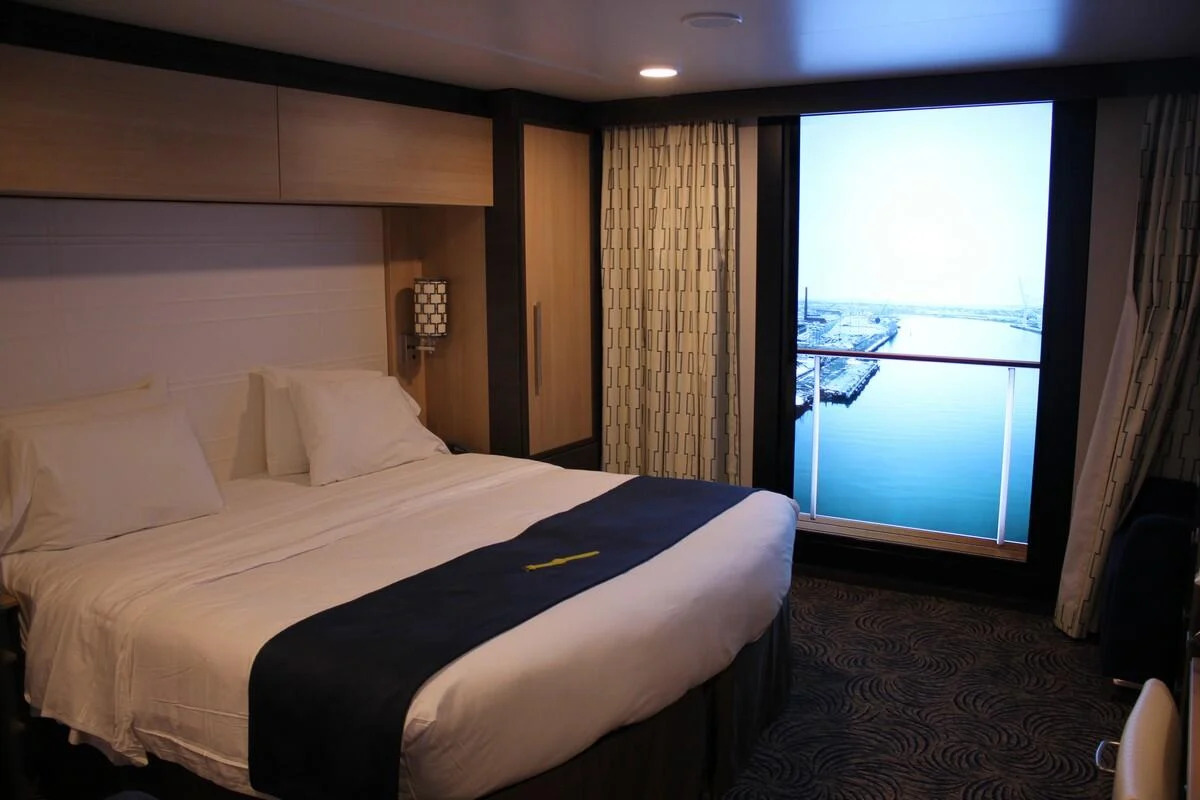
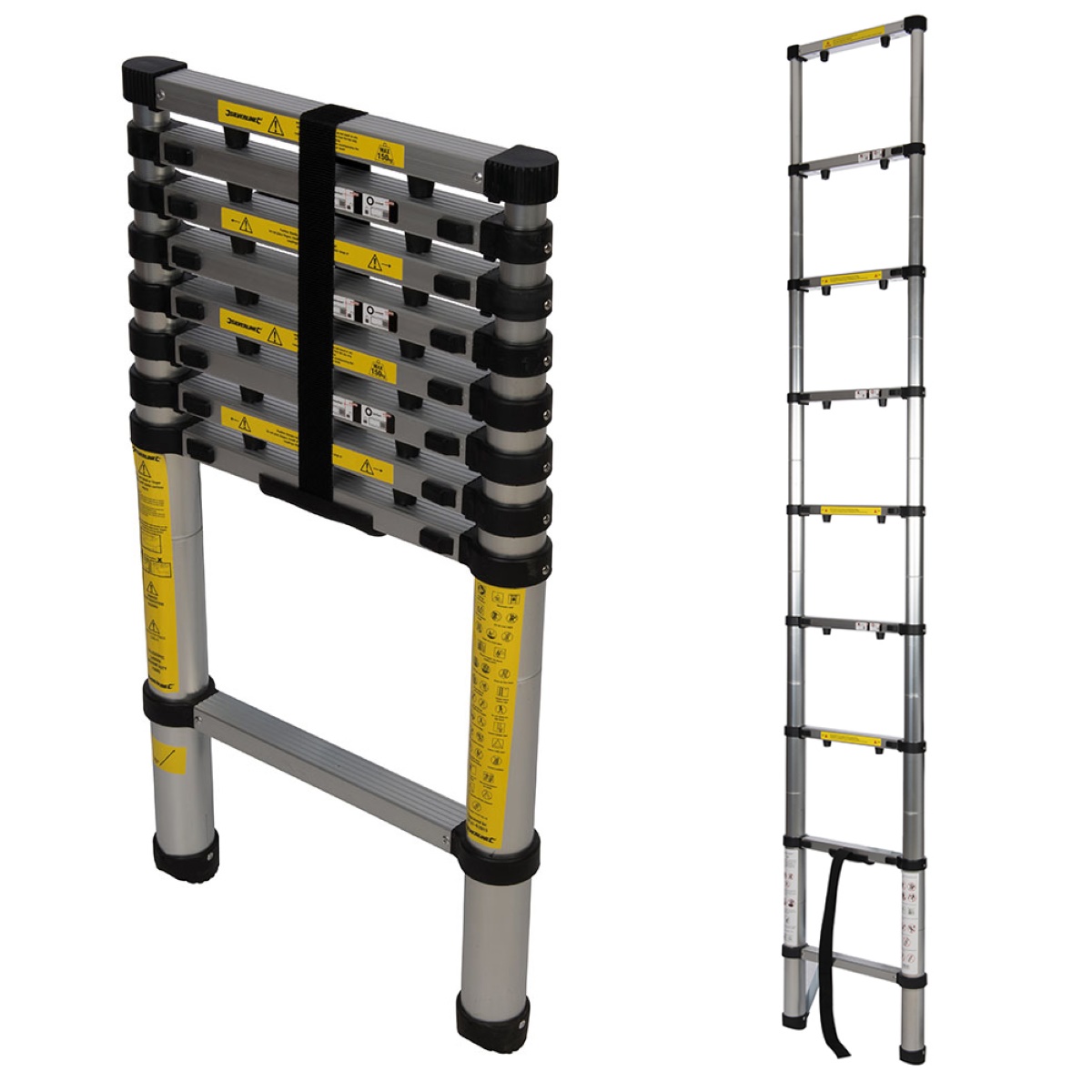
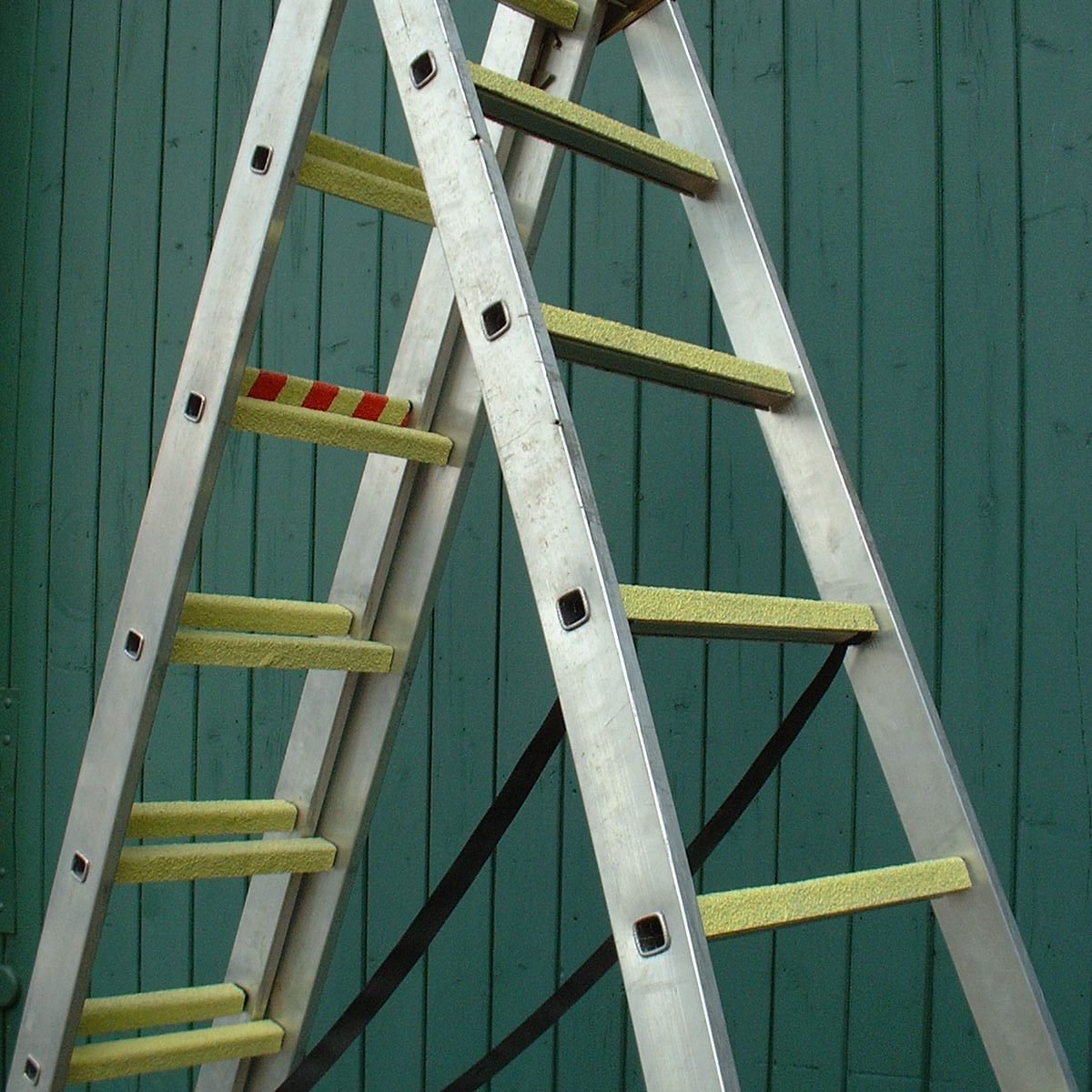
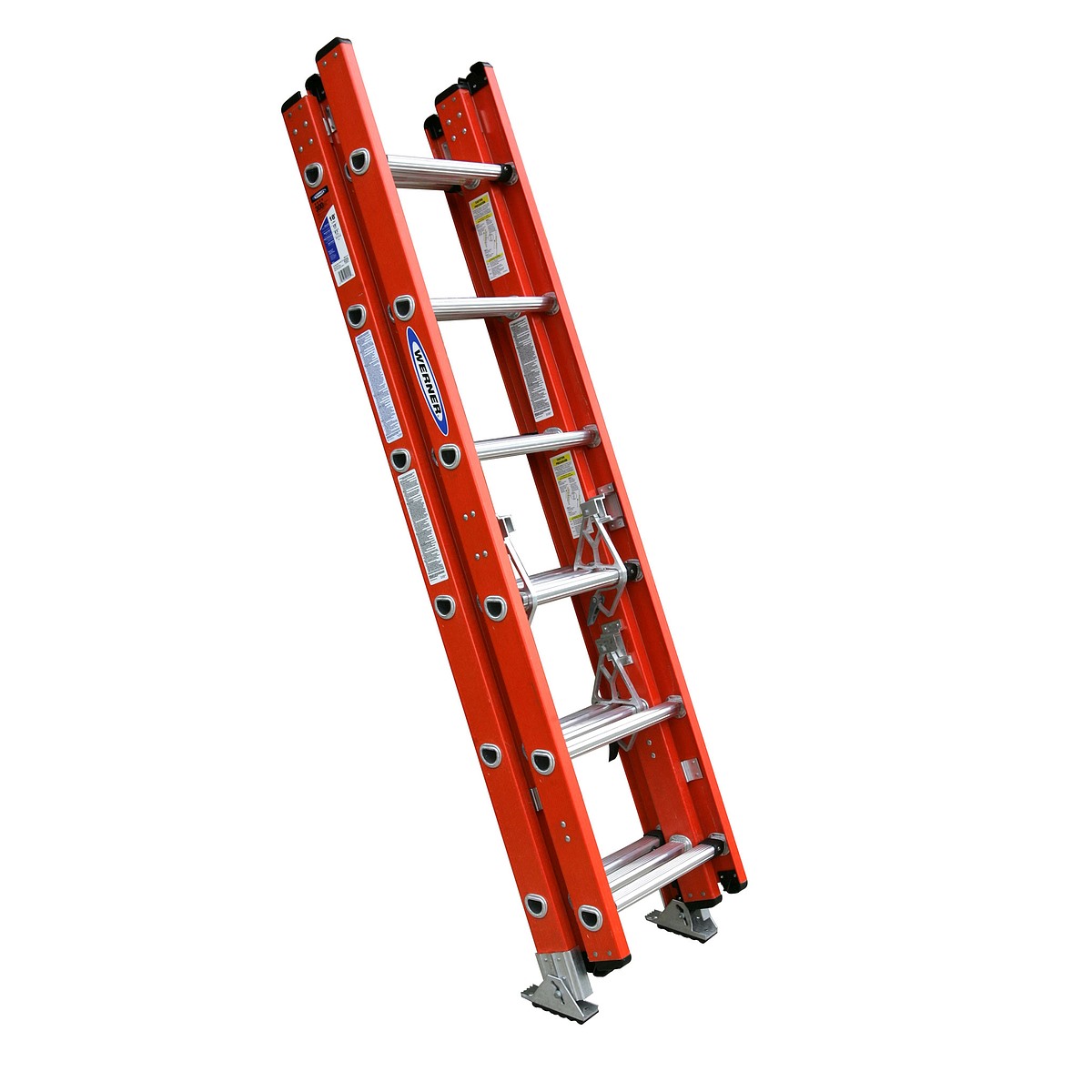
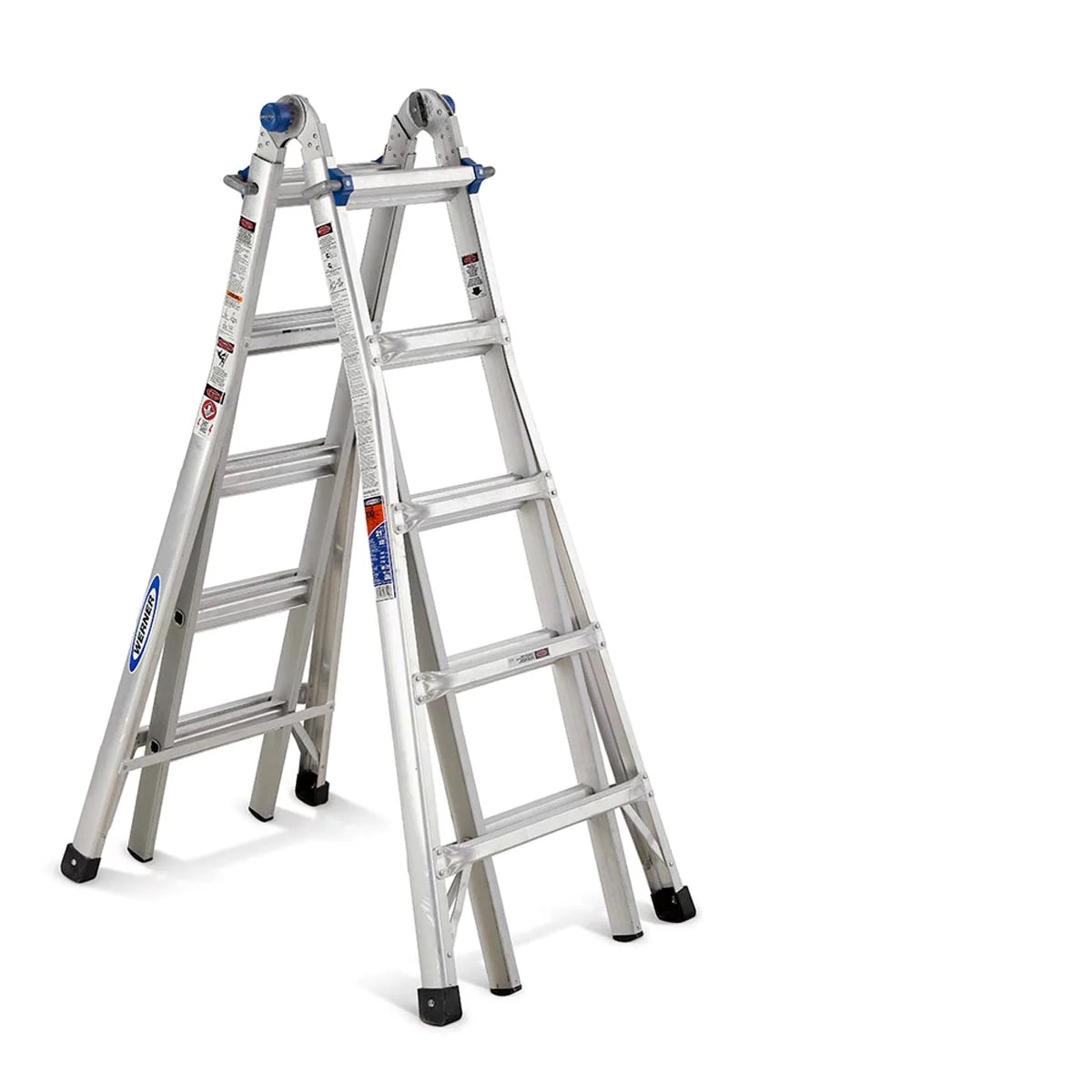
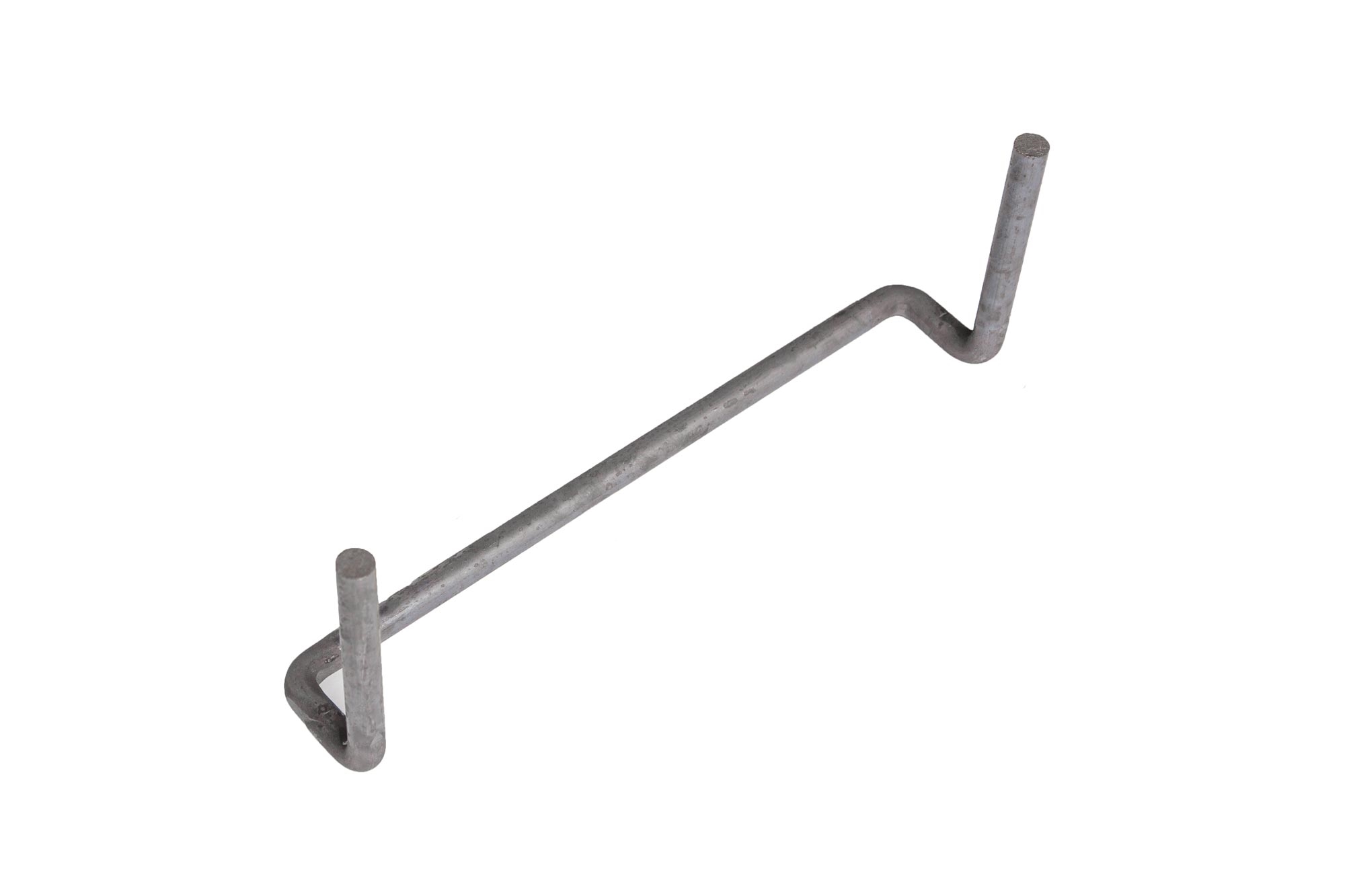
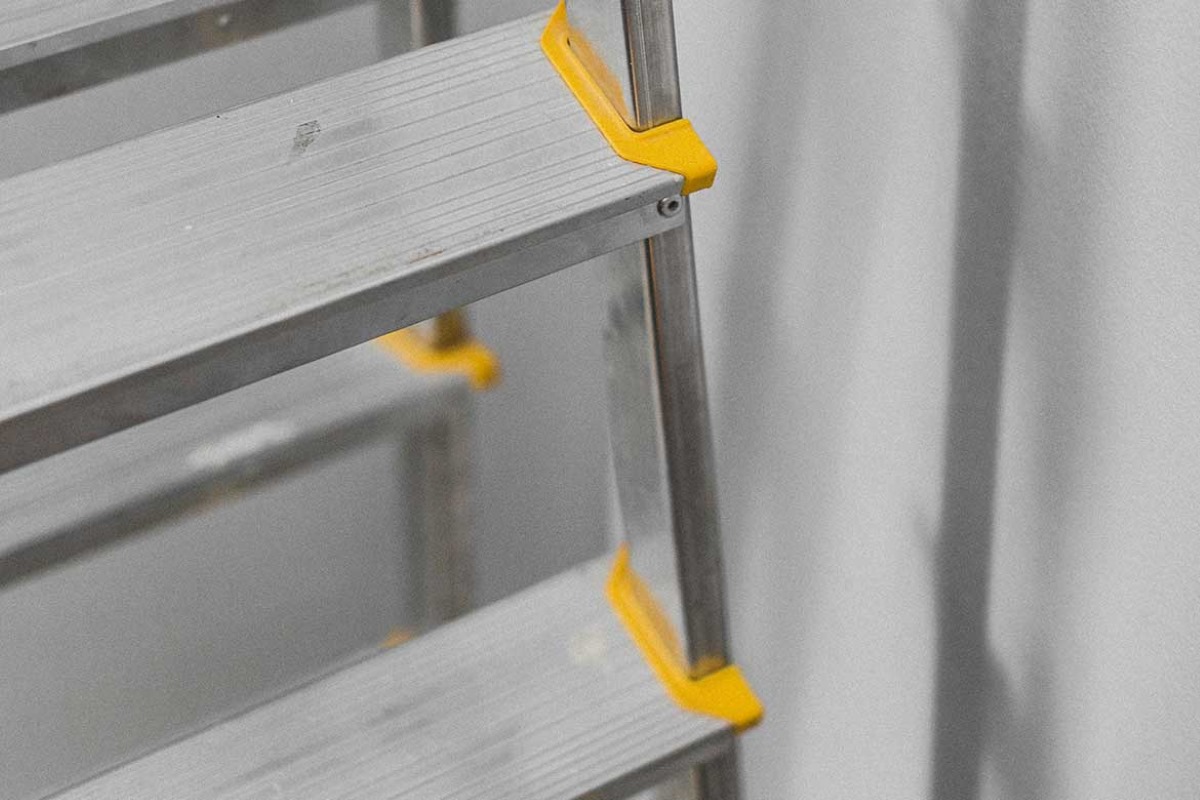
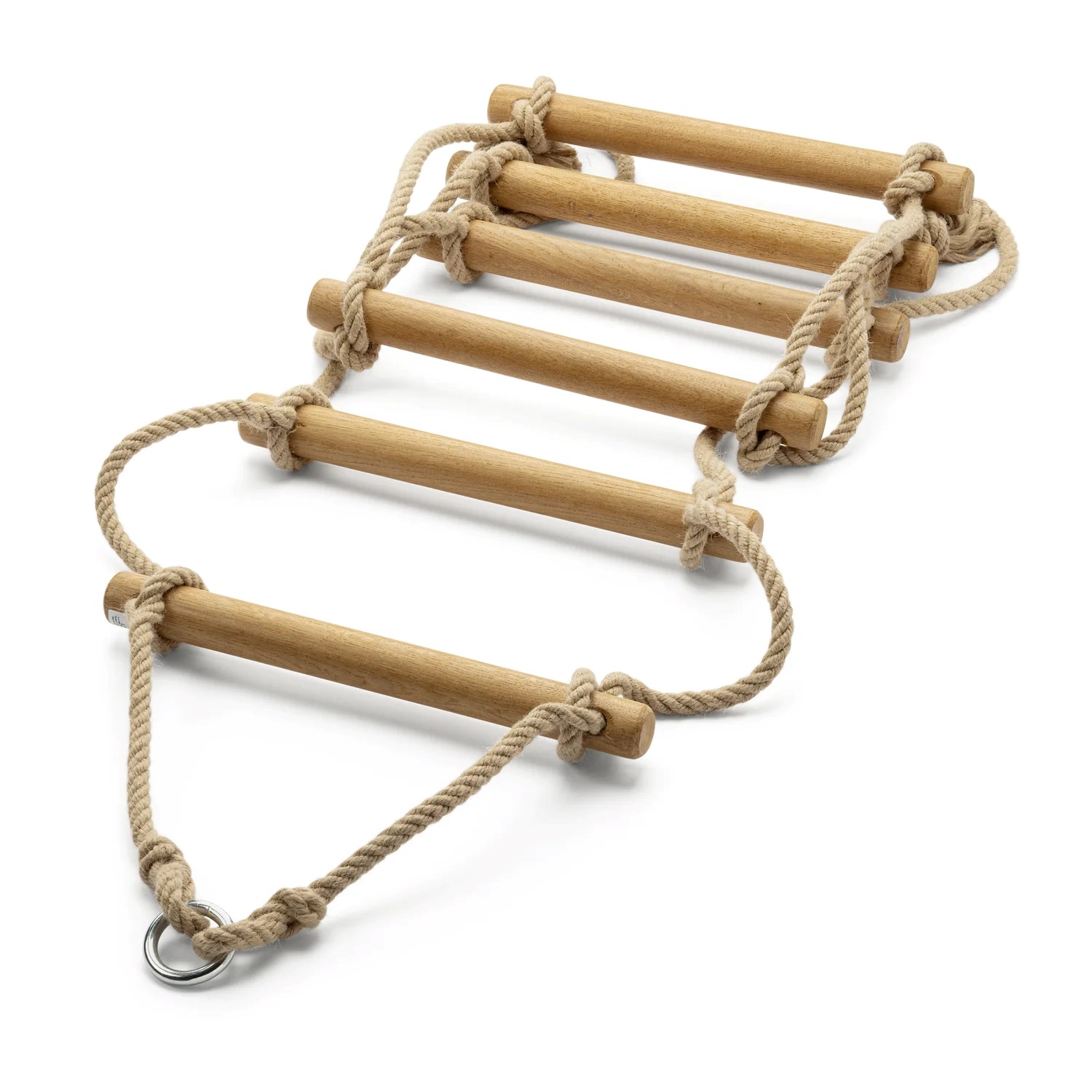
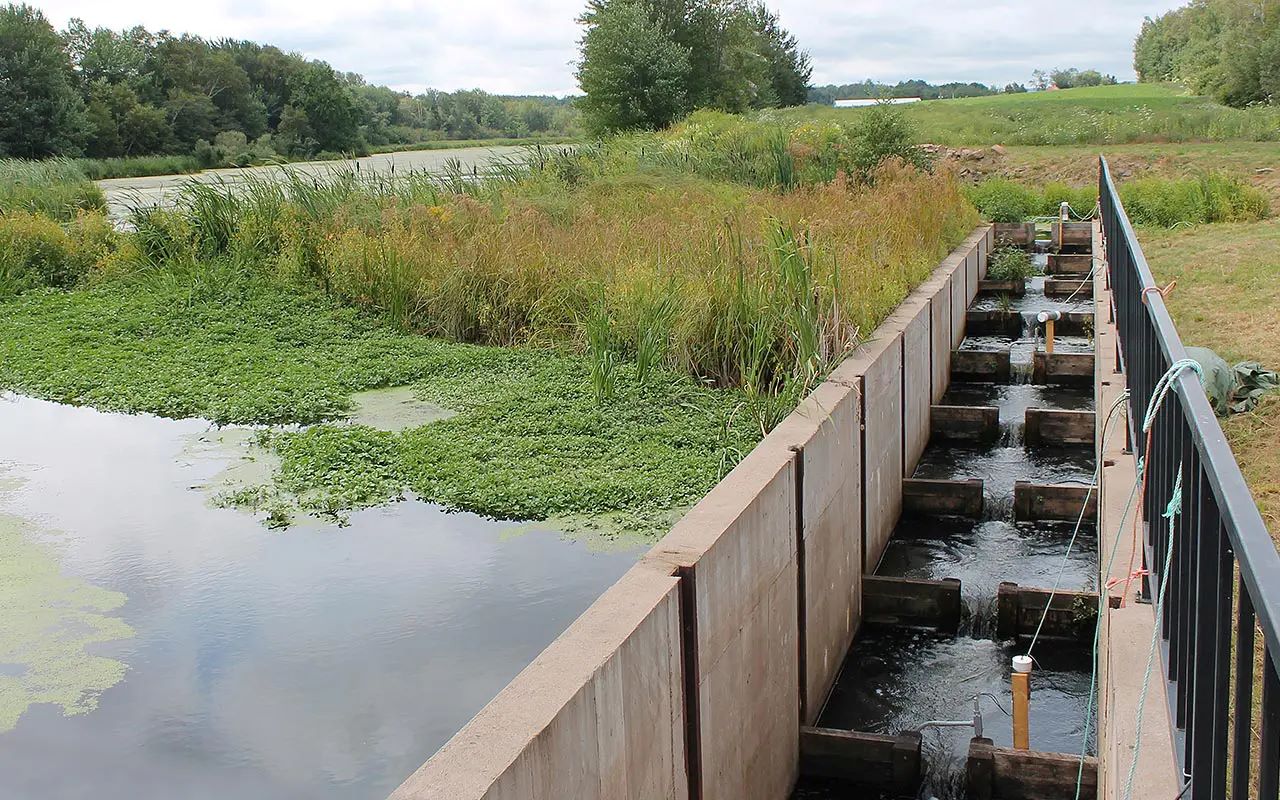
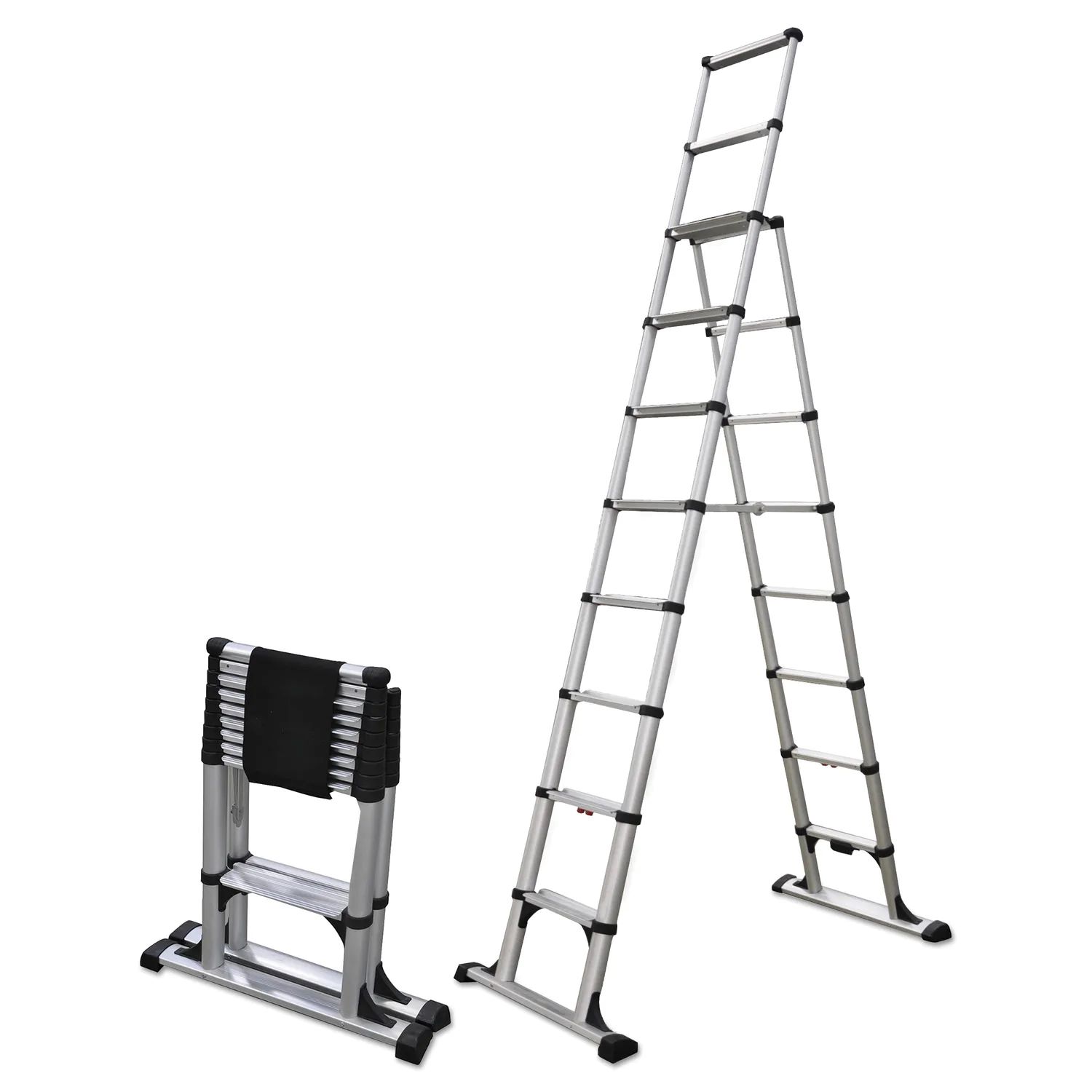

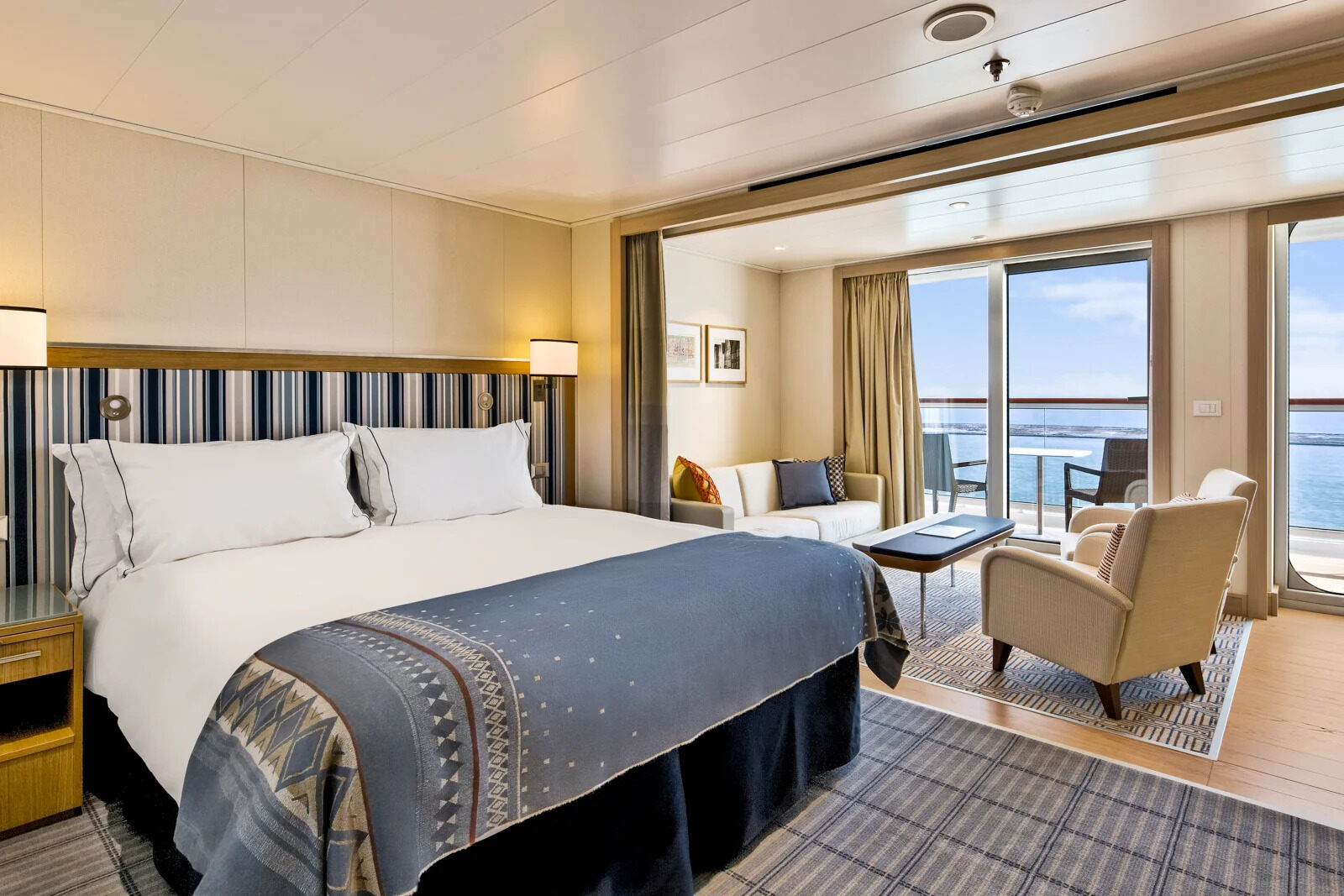


0 thoughts on “What Is A Ship Ladder”